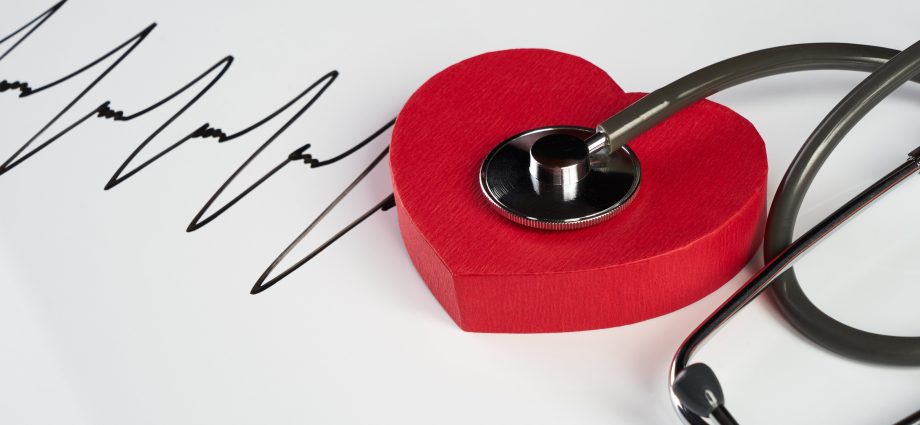WEDNESDAY, March 8, 2023 (HealthDay News) — A quicker, safer option for treating an irregular heartbeat called atrial fibrillation might be just months away.
Atrial fibrillation is currently treated with drugs or a procedure known as thermal ablation. Thermal ablation uses extreme temperatures to disable areas of the heart causing the abnormal heart rhythm. The new system — called pulsed field ablation — uses electricity instead of extreme heat or cold to disarm critical heart muscle cells.
“This technology will probably take over thermal ablation,” said lead researcher Dr. Atul Verma, a cardiologist at McGill University Health Center in Montreal.
“Keep in mind, this is just the first generation of this technology. I think as time goes on over the next five to 10 years, we’re going to see further iterations that are going to make this better,” he added.
Atrial fibrillation, or a-fib, is the most common abnormal heart rhythm. According to the U.S. Centers for Disease Control and Prevention, 12 million people in the United States will have a-fib by 2030. While it can cause fatigue and chest pain, the biggest danger is a heightened risk of stroke.
With traditional ablation, doctors snake tiny instruments to the heart through a vein or artery. Thermal ablation usually takes two hours or more and can damage surrounding tissue.
The advantage of pulsed field ablation is it can be done in under an hour with pulses that last no longer than 30 seconds and with no damage to surrounding tissue, the researchers said.
The trial was funded by Medtronic, the technology’s maker, and used its system called PulseSelect.
Verma noted that the Medtronic system is one of several systems undergoing testing but may be the first to be approved by the U.S. Food and Drug Administration.
“It’s probably going to be about six months or so before we see approval and then release into the wider market in the U.S.,” he said.
The study pitting pulsed field ablation against thermal ablation was done in nine countries: the United States, Canada, Australia, Austria, Belgium, France, Japan, the Netherlands and Spain. It enrolled people who continued to have a-fib even while taking medication. In the first phase, doctors treated 60 patients to get a feel for the procedure. They then enrolled more patients and did up to 300 procedures.
Half of the patients had paroxysmal a-fib in which episodes of irregular heartbeat end on their own and last no more than a week. The other half had persistent a-fib where episodes continue for at least a week and don’t end on their own.
Verma’s team found that two-thirds of patients with paroxysmal a-fib and 55% of those with persistent a-fib had no episodes between three and 12 months after the pulsed field ablation procedure. These rates are the same as those from thermal ablation, Verma said. The rate of adverse events was less than 1%, he added.
Pulsed field ablation has been used to kill cancer tumor cells for a decade; however, it has only recently been used on the heart, the researchers noted.
“Ablation can be done a lot faster, a lot safer and with at least as good a result as traditional technology,” Verma said.
The findings were presented Monday at the annual meeting of the American College of Cardiology, in New Orleans. Findings presented at medical meetings are considered preliminary until published in a peer-reviewed journal.
Dr. Jim Cheung, chair of the American College of Cardiology’s Electrophysiology Council, agreed that this new technology may surpass the ones currently used.
“Over the past several years, there’s been a lot of excitement about this technology,” said Cheung, who is also a professor of medicine at Weill Cornell Medical College in New York City.
“It moves away from the conventional kind of heat- or cold-based treatments for ablation for atrial fibrillation,” he added. “Potentially this new technology may be safer, equally effective and efficient by reducing the time of ablation.”
Still, Cheung expressed some wariness. “We always want to take these studies with some caution here because we still don’t know the long-term outcomes from these new technologies,” he said.
Cheung said more studies are needed, including trials that compare the various types of pulsed field ablation to see which system is best.
“It remains to be seen which one may offer the greatest efficacy and safety,” he said.
More information
For more on atrial fibrillation, see the American Heart Association.
SOURCES: Atul Verma, MD, cardiologist, McGill University Health Center, Montreal, Canada; Jim Cheung, MD, chair, American College of Cardiology Electrophysiology Council, and professor, medicine, Weill Cornell Medical College, New York City; presentation, American College of Cardiology, New Orleans, March 6, 2023
Copyright © 2025 HealthDay. All rights reserved.

